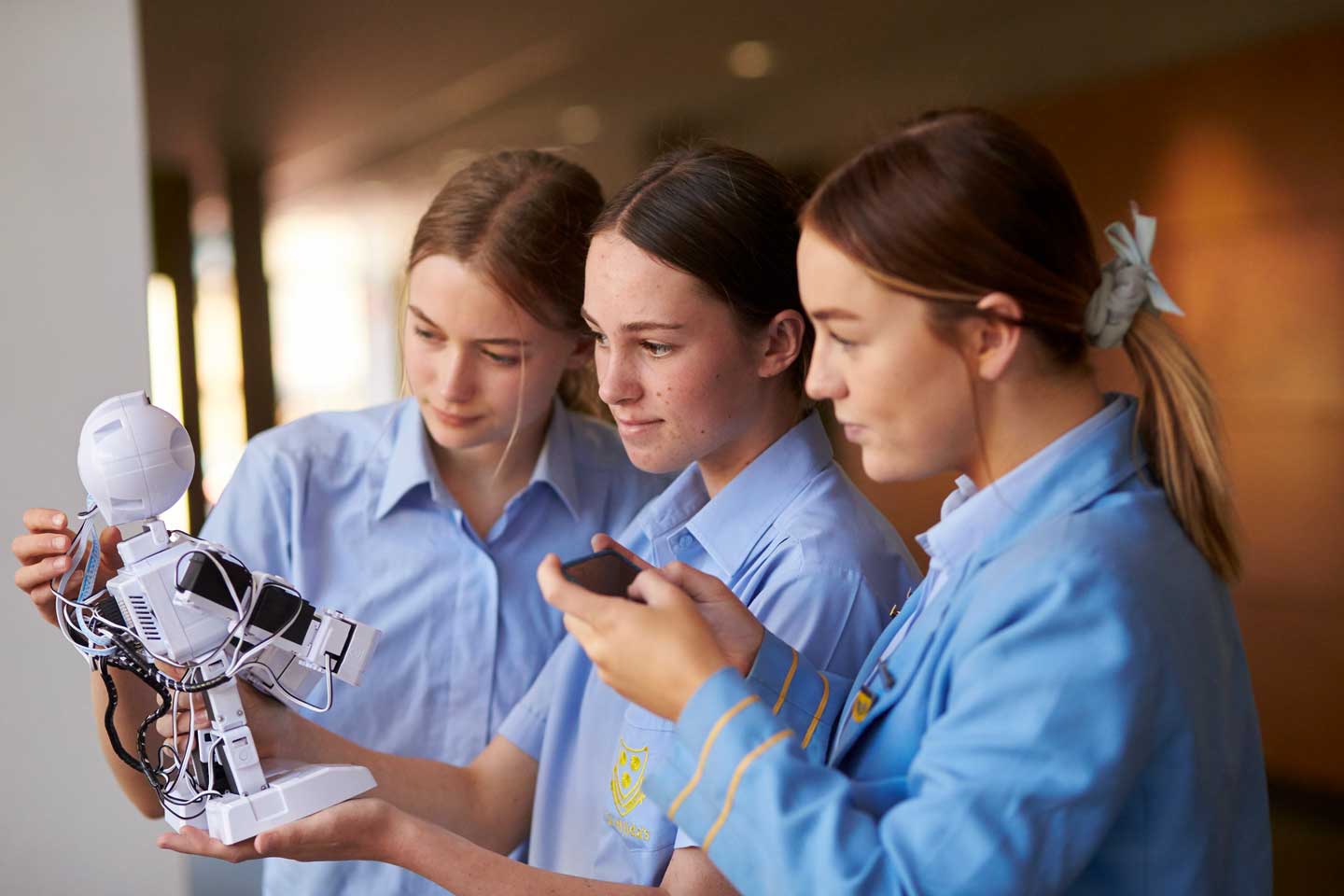

While we don’t know what the future of education will look like in 2050, we do know that skills such as creativity, critical thinking, collaboration and productive failure need to be taught to students to prepare them for an unpredictable and uncertain future.
But how do we achieve this when scaling and sustaining innovation in Schools, is notoriously difficult?
One of the answers might be to look beyond the school-gates, to assist Schools in staying contemporary, relevant and importantly preparing the future generations for a world of rapid change. Here’s some ideas on how this could be implemented;
1. Authentic learning opportunities
Authentic learning encourages students to learn through hands-on, collaborative and action-based learning projects that address real problems relevant to students lives. Authentic learning opportunities, are vital in Schools, as real projects with purpose and meaning beyond the classroom, equals more engaged students and ultimately, a future ready workforce. At St Hilda’s, we are piloting a new program that is centred on this principle; ESSTEAM – Entrepreneurship, Sustainability, Science, Tech, Engineering, Arts & Maths – introduces and establishes entrepreneurship skills and opportunities for our students to connect with real life problems. Real life problems, that are often found by looking beyond the school gates. The foundation of entrepreneurship is problem solving, which requires curiosity, creativity, collaboration, agility, empathy and lots of questions before jumping to solutions. In the ESSTEAM program, students will have the opportunity to immerse themselves in problem solving and then move to solution, producing products or services that they will be connected to and will solve problems that are meaningful to student’s, businesses and local community. Our vision is that by making learning authentic and meaningful, this will more likely allow learning to be transferred into other areas of studies and in life. As Benjamin Franklin put it: ‘Tell me and I forget, teach me and I remember, involve me and I learn’.
2. Connection to the world of work
Forming partnerships with industry and the world of work is vital for future focused schooling. Schools don’t exist as microcosms on their own, they are part of a community, part of an industry that prepares generations for the future of work. The Mitchell Institute report, Connecting the worlds of learning and work, says collaborating with industry and the community is vital to better prepare children and young people for future work and life. Schools and industry must work together to make this happen.
As industry, offer opportunities for your business or employees to assist in bringing the now and the next into Schools. As a community, search for ways to engage with local problems that students can seek to solve.
There are many benefits for industry and community by partnering with Schools, including the influence on your industry or organisation’s future workforce pipeline, growing your STEM workforce, enabling societal change that aligns with your company strategy, such as the gender pay gap which is something that St Hilda’s, is passionately tackling. Also, including the voice of youth at your boardroom table is becoming increasingly valuable so that businesses capture the creativity, tech-savvy, and purpose driven mindset and skills of Gen Alpha.
3. Forge strong partnerships with the tertiary sector
Traditionally, a school’s connection to the tertiary sector commences in Year 11 and 12 with a focus on meeting tertiary entry requirements. Increasingly secondary schools and universities are forming partnerships that are much broader than just entry requirements and are involving students from primary school and upwards, in a variety of ways. Accelerated by the pandemic, portfolio entry or students showcasing the depth and breadth of their skills, knowledge and experience throughout their schooling life, ie academic achievements, work experience, leadership opportunities, volunteering, micro-credentials etc, is increasingly becoming a more appropriate assessment of a student’s skills and achievements as they prepare to enter further study or the workforce.
4. A focus on Technology with a futurist mindset
There is a lot of fear regarding technology and its role in the future of education but while technology will revolutionise education, learning will likely remain hands-on and human-centred with technology enhancing teaching and learning. At St Hilda’s we recently added the role of Director of Learning Reimagined to our Executive team. This role has a focus on innovative pedagogies through the lens of technology. Schools will increasingly have a need for skillsets such as these as the task of up-skilling and cross-skilling staff remains a priority. In a world where entire industries are undergoing rapid transformation driven by digital disruption, it is important that schools and the education workforce continues to evolve and adapt by looking outside of the school and the sector to take inspiration from other workforces to continually transform.
There are many benefits to a school who invests time and expertise in opportunities that exist beyond the gates of the School. This investment will not just prepare students to pass tests, it will ensure that students have the relevant skills and competencies to develop as global citizens.
Danelle Cross is the Director of Discovery at St Hilda’s Anglican School for Girls and responsible for initiating the ESSTEAM program that is being piloted this year.










